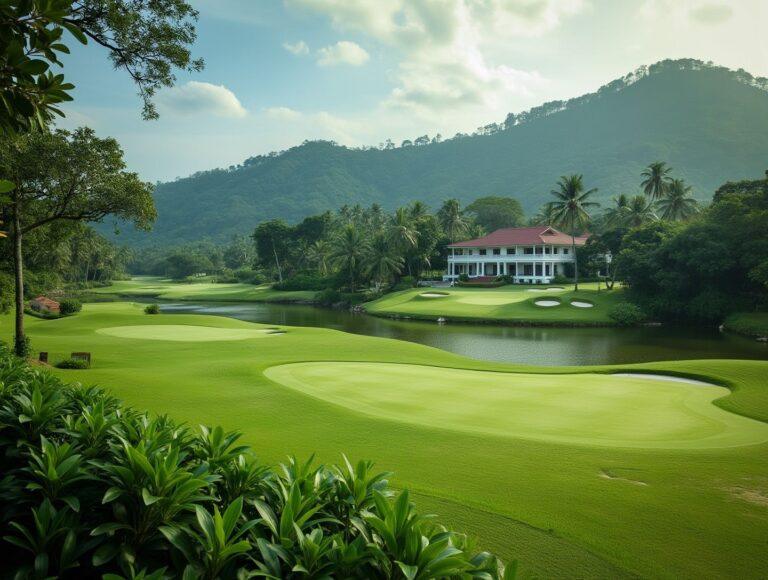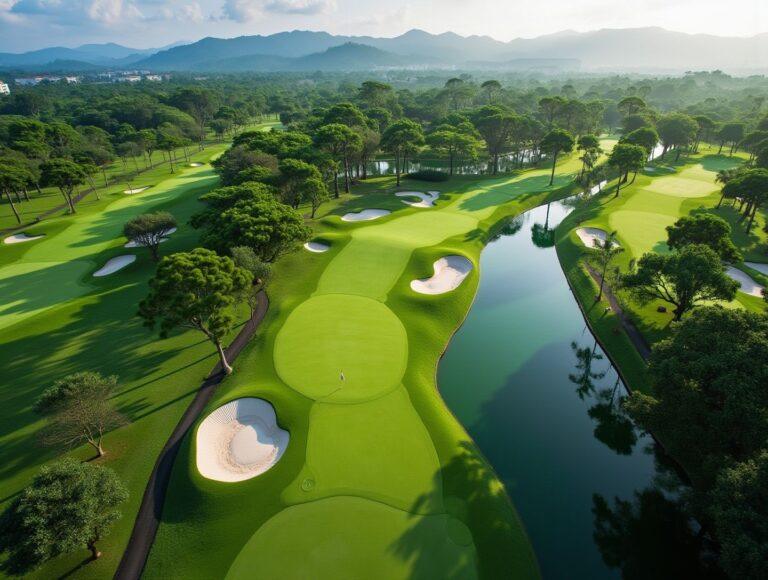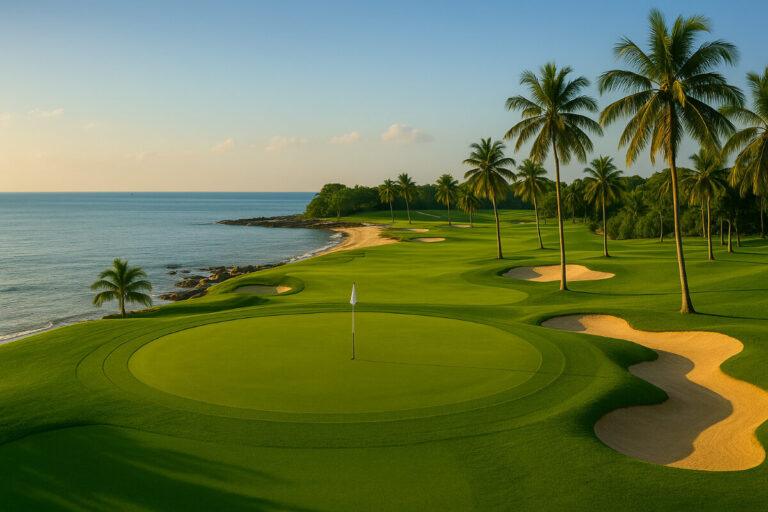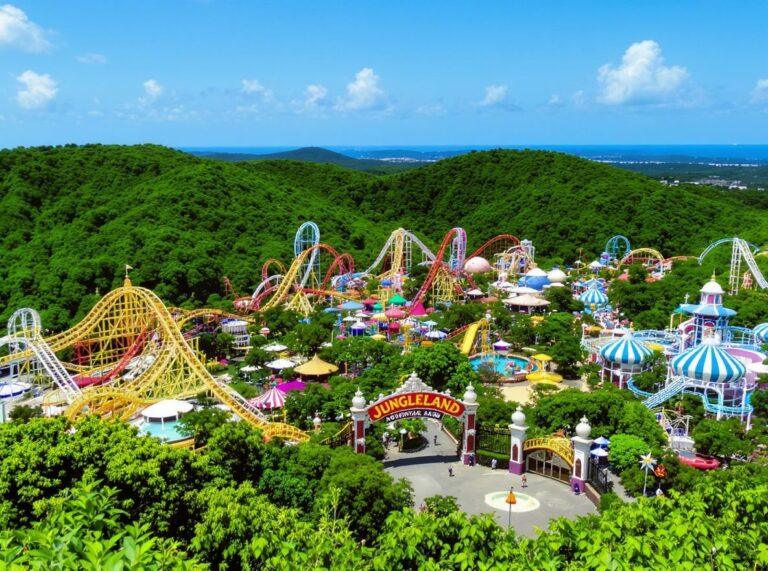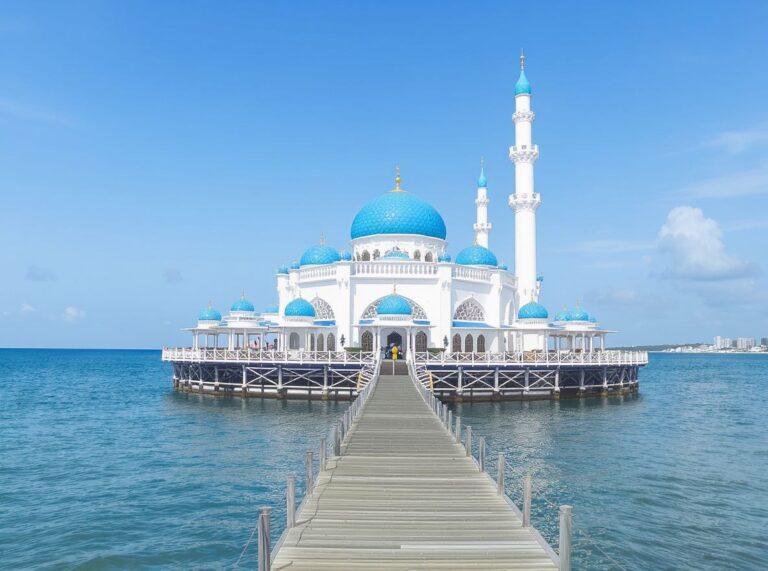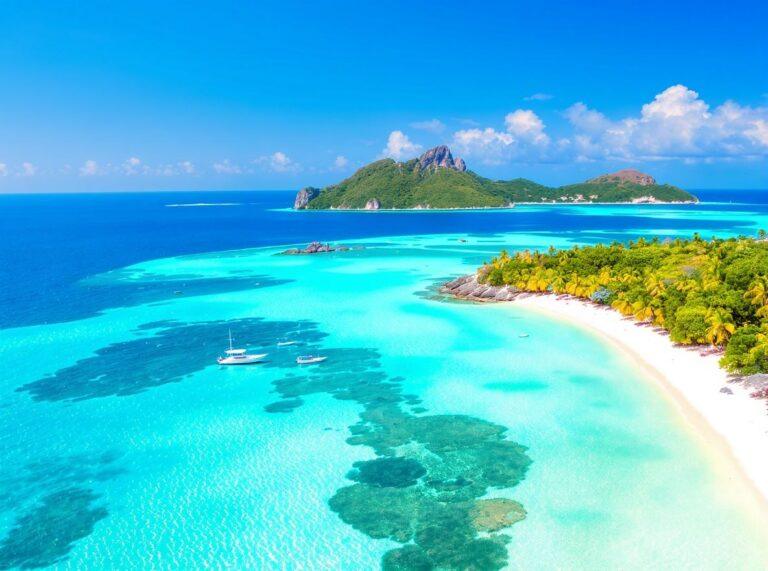Papua, Indonesia’s easternmost frontier, is a vast and rugged land where untouched rainforests, soaring mountains, and remote villages preserve one of the most culturally rich and ecologically diverse regions in the world. With landscapes that stretch from coral-fringed coastlines to snowcapped peaks, Papua invites intrepid travelers to explore its natural wonders and deeply rooted tribal traditions.
Though not a mainstream golfing destination, Papua offers a unique opportunity for travelers seeking remote luxury and adventure. Select resort developments are beginning to incorporate basic golfing amenities, allowing visitors to pair discovery with moments of leisure.
Regions or Areas
- Jayapura & Sentani Lake
The capital region with access to museums, markets, and scenic lake views. A convenient base with cultural landmarks and administrative facilities. - Baliem Valley (Wamena)
Deep in the highlands, this region is home to traditional Dani tribes, hiking trails, and cultural festivals. A fascinating area for anthropology and trekking. - Biak Island & Cenderawasih Bay
A remote island hub known for diving, WWII relics, and peaceful beaches. Biak offers limited but developing resort infrastructure. - Merauke & Southern Wetlands
Bordering Papua New Guinea, this region is ideal for birdwatching and indigenous cultural immersion. - Raja Ampat (Northwest Papua)
World-renowned for marine biodiversity and luxury eco-resorts, although often managed under West Papua province.
Quick Highlights
- Breathtaking terrain from coral reefs to highland peaks
- Rich tribal traditions and vibrant festivals
- Biodiverse rainforests, endemic wildlife, and rare birds
- Lake Sentani’s stilt houses and highland adventure trails
- Some of the world’s best diving in Raja Ampat and Biak
- Basic golf setups in select resort areas
- Great for photographers, anthropologists, and eco-travelers
- Requires careful planning but rewards deeply
Best Visiting Season
Due to Papua’s vast geography, climate varies by region. In general, the dry season is the most comfortable for travel and outdoor recreation:
- Dry Season: May to October (ideal for hiking, diving, and limited golf)
- Wet Season: November to April (lush, but heavy rainfall may restrict movement)
- Festivals: June–August in Baliem Valley is the best time to witness tribal ceremonies
Recommended Duration
- 5 to 7 Days – Suitable for combining cultural excursions, lake or island visits, and leisure
- 8+ Days – For travelers adding Raja Ampat, trekking, and coastal exploration
- Short Visit (3D/2N) – Only practical in Jayapura or Biak with structured tour packages
Because of long distances and fewer direct flights, Papua is best appreciated with extended travel plans.
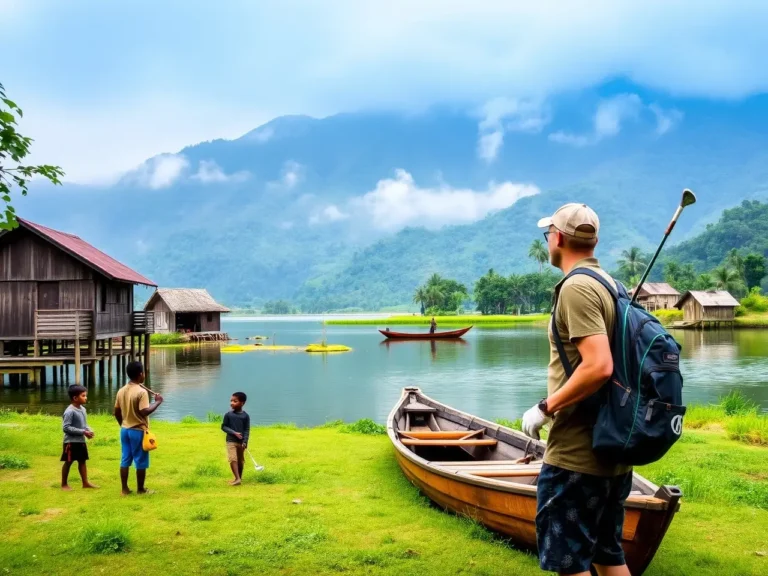
Local Travel Tips for Papua
Papua requires more logistical planning than other Indonesian destinations, but the rewards are unforgettable. Respect for local customs and prepared itineraries are essential.
- Getting There: Fly into Sentani Airport (Jayapura) or Frans Kaisiepo Airport (Biak) from Jakarta, Makassar, or Bali.
- Permits: Some regions require travel permits (Surat Jalan). Check with local authorities or guides.
- Cultural Sensitivity: Dress modestly, avoid photographing people without permission, and follow tribal etiquette.
- Language: Bahasa Indonesia is widely used, but over 250 indigenous languages exist. English is limited.
- Connectivity: Mobile and Wi-Fi signals are weak or unavailable in remote areas—plan offline.
- Health: Travel insurance and vaccinations are highly recommended. Carry essentials, including medicine and snacks.
Top Golf Courses in Papua
Golf is not a mainstream activity in Papua, but visitors can find basic or emerging facilities in select areas:
- Sentani Lakeside Driving Range (Jayapura) – A small recreational range offering scenic views of Lake Sentani. Suitable for relaxed practice, not full rounds.
- Biak Island Resort Course (Private/Developing) – Some eco-resorts have begun creating short courses or putting greens for guests, though facilities remain basic.
For serious golfers, Papua is not a primary destination—but for novelty, serenity, and breathtaking surroundings, it offers a unique off-the-grid experience.
Why Visit Papua?
Papua, Indonesia’s easternmost province, is a land of dramatic mountains, dense rainforests, and one of the richest arrays of indigenous cultures in the world. Often described as the country’s last frontier, Papua captivates those with a spirit for exploration—offering encounters with untouched nature and communities that still live by ancient traditions.
The highlands are home to the Dani, Yali, and Lani peoples, known for their elaborate headdresses, wooden carvings, and deep-rooted ceremonial practices. In the Baliem Valley near Wamena, visitors can witness age-old customs, traditional festivals, and fascinating agricultural life centered around sweet potatoes and pigs. Trekking through remote villages offers rare cultural insights and stunning panoramas of terraced hills and cloud-covered peaks.
Coastal Papua presents another world entirely. Raja Ampat, located off the Bird’s Head Peninsula, is a diver’s paradise boasting unparalleled marine biodiversity—over 1,500 species of fish and 600 types of coral inhabit its turquoise waters. Snorkelers, divers, and eco-travelers find their dreams fulfilled among its limestone karsts, hidden lagoons, and vibrant reefs.
Wildlife lovers can explore Lorentz National Park, a UNESCO World Heritage Site that spans tropical forests to glaciers, and is home to birds-of-paradise, tree kangaroos, and one of the world’s few equatorial glaciers. Access may be challenging, but the rewards are immense.
Papua is not for the casual tourist—it is for the conscious traveler who respects cultural depth and ecological rarity. It is a place of powerful nature, proud communities, and unfiltered experience. A journey here is truly one of the most unique in all of Indonesia.
Latest Travel Stories from Papua
Discover real experiences, expert tips, and local highlights from recent travelers in Papua. From scenic escapes to food adventures, our latest stories help you explore smarter.




